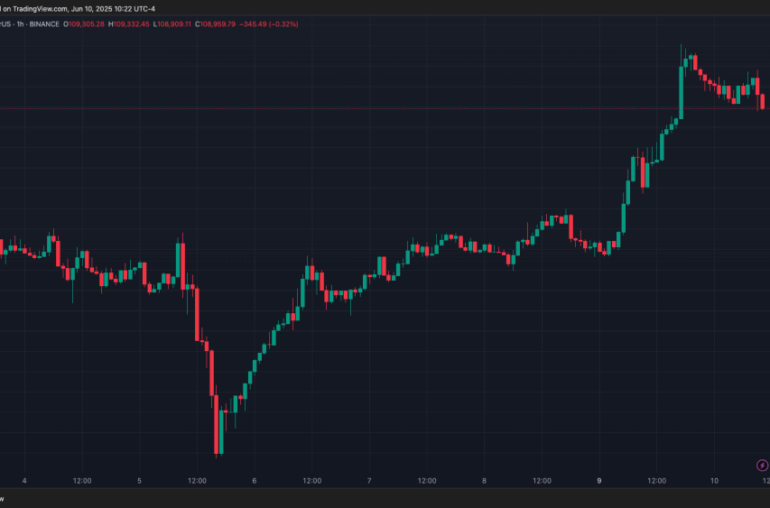
Understanding Tron’s Gas Fee Reduction and Its Impact on Daily Revenue
In the ever-evolving landscape of blockchain technology, the recent gas fee reduction implemented by Tron has sparked significant discussion among investors and analysts alike. Over the course of just ten days, this strategic move has resulted in a staggering 64% decrease in daily revenue for the network. While this may seem alarming at first glance, it’s crucial to understand the broader implications of this decision and how Tron continues to outperform its competitors in the layer-1 blockchain space.
The Impact of Gas Fee Reduction
Tron’s decision to reduce gas fees—a cost incurred by users when executing transactions on the network—has led to a notable decline in its daily revenue. This drop highlights the delicate balance between incentivizing user participation and maintaining a sustainable revenue model for the blockchain. Despite this significant revenue decrease, Tron still holds a robust position compared to other layer-1 blockchains, including Ethereum, Solana, and BNB Chain.
Tron’s Competitive Edge
Even with the recent reduction in gas fees, Tron remains a frontrunner in terms of revenue generation among its peers. This can be attributed to several factors:
- High Transaction Volume: Tron has consistently maintained a high transaction volume, which allows it to capitalize on the sheer number of transactions, even at lower fees.
- User Adoption: The network’s user-friendly interface and efficient transaction processing contribute to its sustained popularity.
- Diverse Ecosystem: Tron’s diverse ecosystem of decentralized applications (dApps) attracts a wide range of users, further boosting its revenue potential.
A Broader Perspective on Blockchain Revenue
While the immediate impact of Tron’s gas fee reduction is a substantial drop in daily revenue, it’s essential to view this in the context of the larger blockchain ecosystem. The reduction may encourage more users to engage with the network, potentially leading to increased transaction volume in the future. As more users flock to the platform, the revenue generated from transactions could rebound, offsetting the current losses.
Conclusion
In summary, Tron’s recent gas fee reduction represents both a challenge and an opportunity. While the immediate financial implications may raise eyebrows, the long-term benefits of increased user engagement and transaction volume could pave the way for a more sustainable revenue model. As the blockchain landscape continues to evolve, it will be interesting to observe how Tron and other players in the market adapt to these changes.
For those invested in the future of blockchain technology, staying informed about these developments is crucial. Tron’s position as a leading layer-1 blockchain will undoubtedly continue to shape discussions in the cryptocurrency community.



